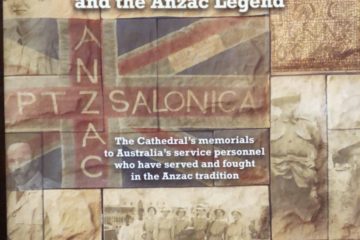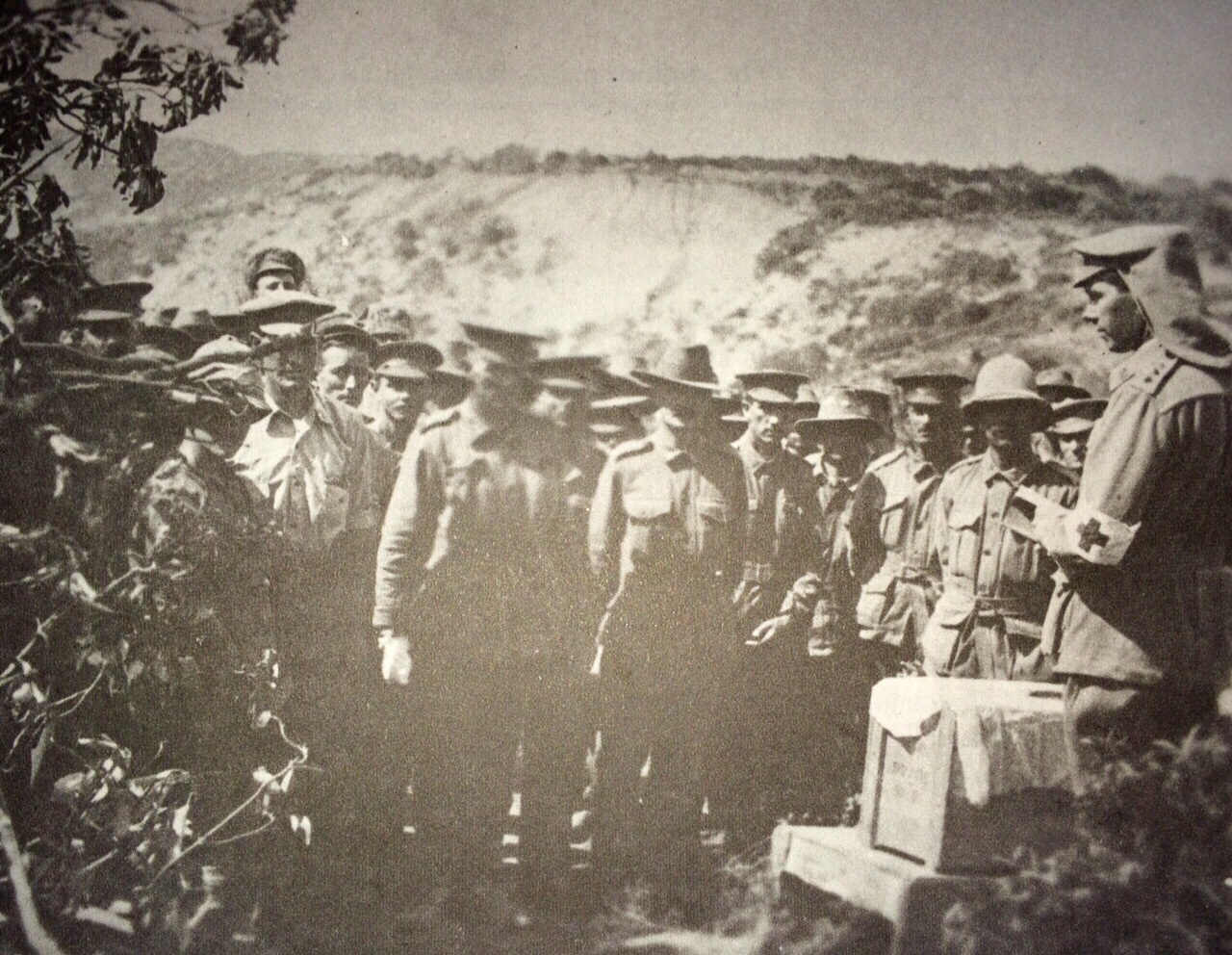Violet Day in Adelaide

ABOVE: Crowds at Adelaide’s Anzac Arch during the visit by the Prince of Wales in 1920. Visible, lined up closest to both sides of the Arch, are some of the women volunteers of The Cheer-Up Hut Society. The photograph is from the State Library of South Australia Collection. Image reference No. PRG 280/1/26/60.
IMPRESSIVE VIOLET DAY
OBSERVANCE.
ALTHOUGH Sunday [ 13 July 1920 ] broke with a glory of brilliant sunshine, the city in the afternoon was overcast with dull, grey clouds which fitted in appropriately with annual Violet Day celebration in memory of those gallant men who laid down their lives in the war.
The soldiers and sailors who died on active service must never be forgotten, and the mother of all patriotic organisations – The Cheer-up Society – decided in 1915 to set aside one day in the year on which to pay homage to the memory of the departed heroes.
The idea was first mooted by Mrs. A. Seager [ Alexandrine Seager ], of The Cheer-up Hut, and the suggestion was quickly acted upon, with the result that Violet Day has become the great day of remembrance in South Australia.
Sunday’s observance was the sixth annual one, and it was by far the most important and the gathering in the vicinity of the Anzac Arch, at the rear of the Railway Station, was estimated at about 10,000 people.
It was a fitting tribute to those who keep green the memories of the fallen men.
The service on Sunday was conducted under the Anzac Arch, and a platform was erected by the official party.
The structure was prettily decorated with garlands of leaves, beautiful wreaths, and bunches of violets, which were the predominant feature.
The dais was festooned with violets, ferns and pieces of purple ribbon, and the majority of those present wore some of the sweet purple flowers.
In every direction the beautiful sentiments of Kipling’s “Recessional” were in evidence, and his striking words, “Lest we forget” were the soul of the celebration.
The Chairman of The Cheer-up Society (Sir William Sowden) [ William John Sowden ] occupied the chair, and seated on either side of him were the Governor (Sir Archibald Weigall) [ William Ernest George Archibald Weigall ] and Lady Weigall, the Military Commandant (Brig.-Gen J.M. Antill) [ John Macquarie Antill ], the Commissioner of Police (Brig.-Gen. Leane) [ Allan William Leane ], the Speaker of the House of Assembly (Hon. F.W. Coneybeer) [ Frederick William Coneybeer ], Col. S. Price Weir [ Stanley Price Weir ], and Lieut. Billyard Leake, one of the heroes of the Zeebrugge raid, and who is at present on the “Renown”.
– from page 29 of “The Observer” (Adelaide) of 17 July 1920.


